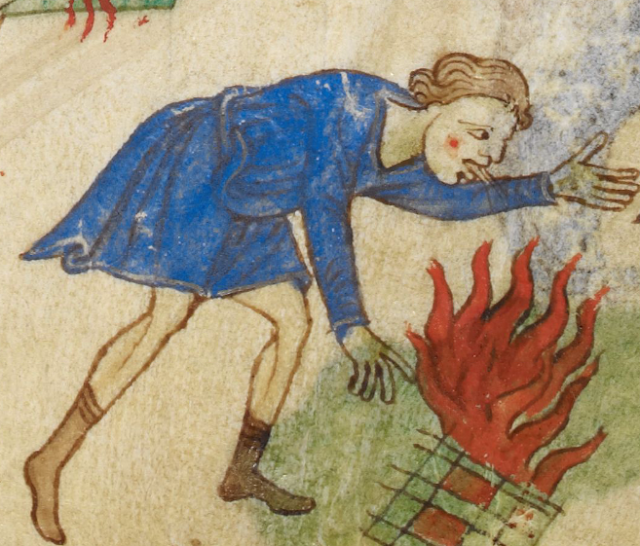Hearth Design

Domestic Hearths in Early Medieval Ireland Context In Iron Age Ireland (and earlier), the typical house was round, made of wattle (frequently without daub), with a domed, thatched roof and a rectangular door (1) . An entire nuclear family would dwell together inside this one house. Some houses contained internal wattle partitions to segregate a private area within this round structure, with multiple hearths inside, one in the common area and another in the partitioned, private area. By the Early Medieval Period, double houses were common. These were 'figure-of-eight' style houses, with two round dwellings built side-by-side so that the walls could meet and a doorway connect the two. Typically, these were multiphase structures: an older roundhouse received an addition, so that the new roundhouse became the new primary dwelling, and the old roundhouse, now at the back, became a storage and craft room. When this happened, the old hearth was usually filled in, and a new

